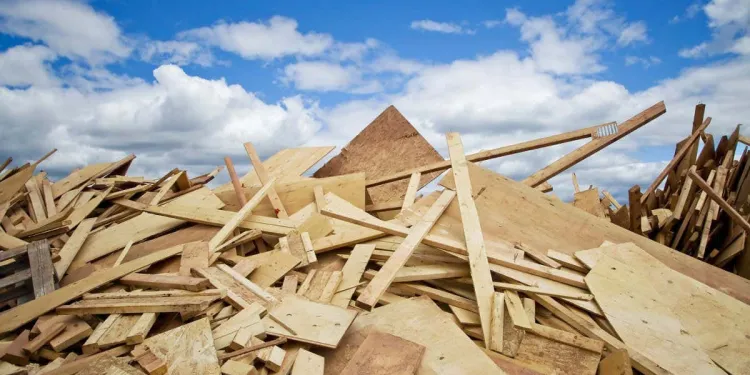A healing process can turn old pieces of wood into a new super-strong material called “healed wood, stronger than steel!
Materials made from recycled wood are five times stronger than natural wood and can be made from any wood byproduct, including shavings and sawdust.
Wood is an extremely versatile material, but millions of tons go into landfills every year. To create a truly circular economy, the wood would need to be reused on a large scale.
Orlando Rojas and his colleagues at the University of British Columbia, Canada, have invented a process that dissolves lignin, a glue-like component inside plant cell walls, and exposes the cellulose nanofibrils, which are plant cells. There are small fibers found in the cell wall of The method involves a solvent called dimethylacetamide used in the presence of lithium chloride.
When two pieces of wood treated in this way are brought together, the nanofibrils bind to form what the researchers call a “healed” piece of wood. Although it no longer looks like natural wood, it has better mechanical properties. Testing shows that it is more resistant to cracking than stainless steel or titanium alloys.
“We get a mechanical strength that takes the place of the strength of the parent material,” Rojas says. “It works because we make use of the inherent properties of cellulose, which is a material that binds very strongly to something called hydrogen bonding.”
Not only can wood treated in this way be used to make new items, but the treatment process can be performed over and over again on the same piece of wood to increase their working lifetime.
“It’s a very elegant way to cure wood, using a common cellulose solvent, to fix and enhance the mechanical properties of nature’s wonder materials,” says Steve Eichhorn at the University of Bristol, UK. “The approach is clearly scalable and has the challenge of taking this technology to the next level.”
Rojas and his team did not investigate how much their method would cost if scaled to an industrial level, but all the techniques used are well established. “The processes we use here are very specialized in wood processing,” says Rojas. “So scalability is not an issue.”
Journal Reference: Nature SustainabilityDOI: 10.1038/s41893-022-00887-8
<< Technology 19 May 2022
<< by Alex Wilkins
